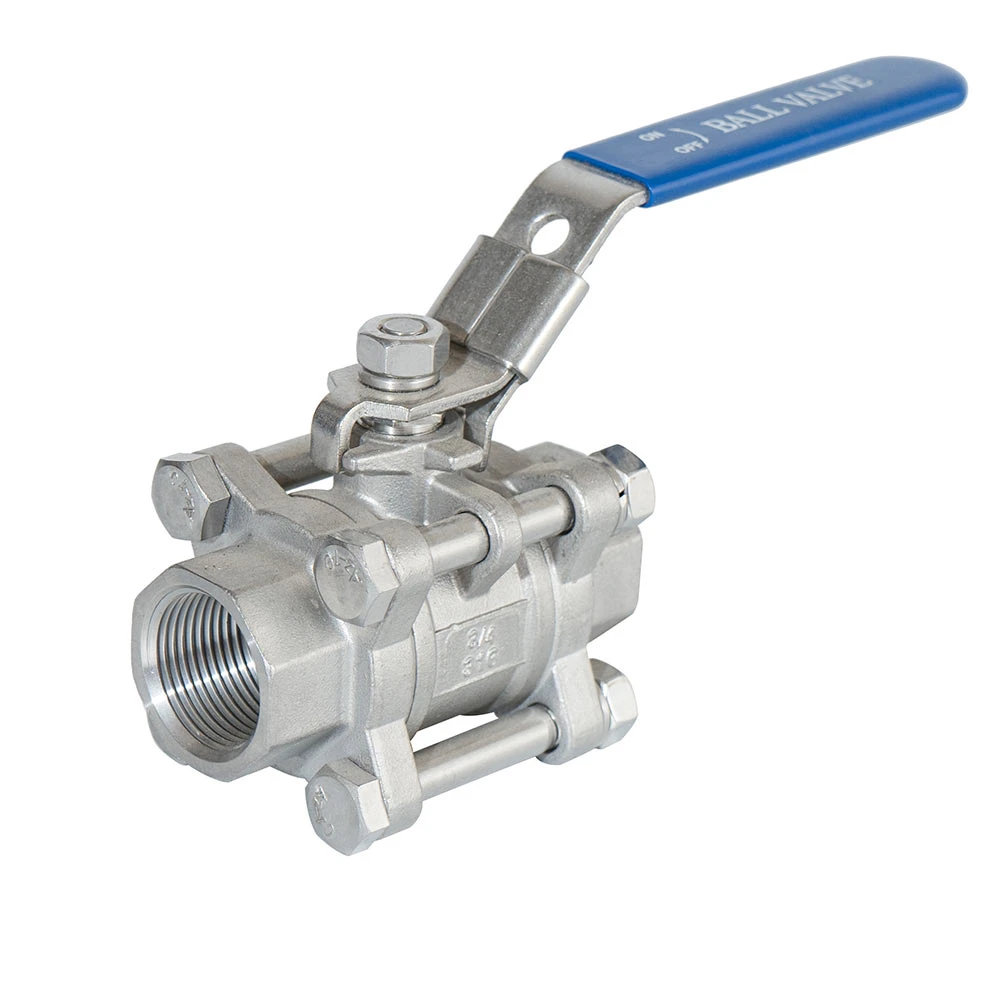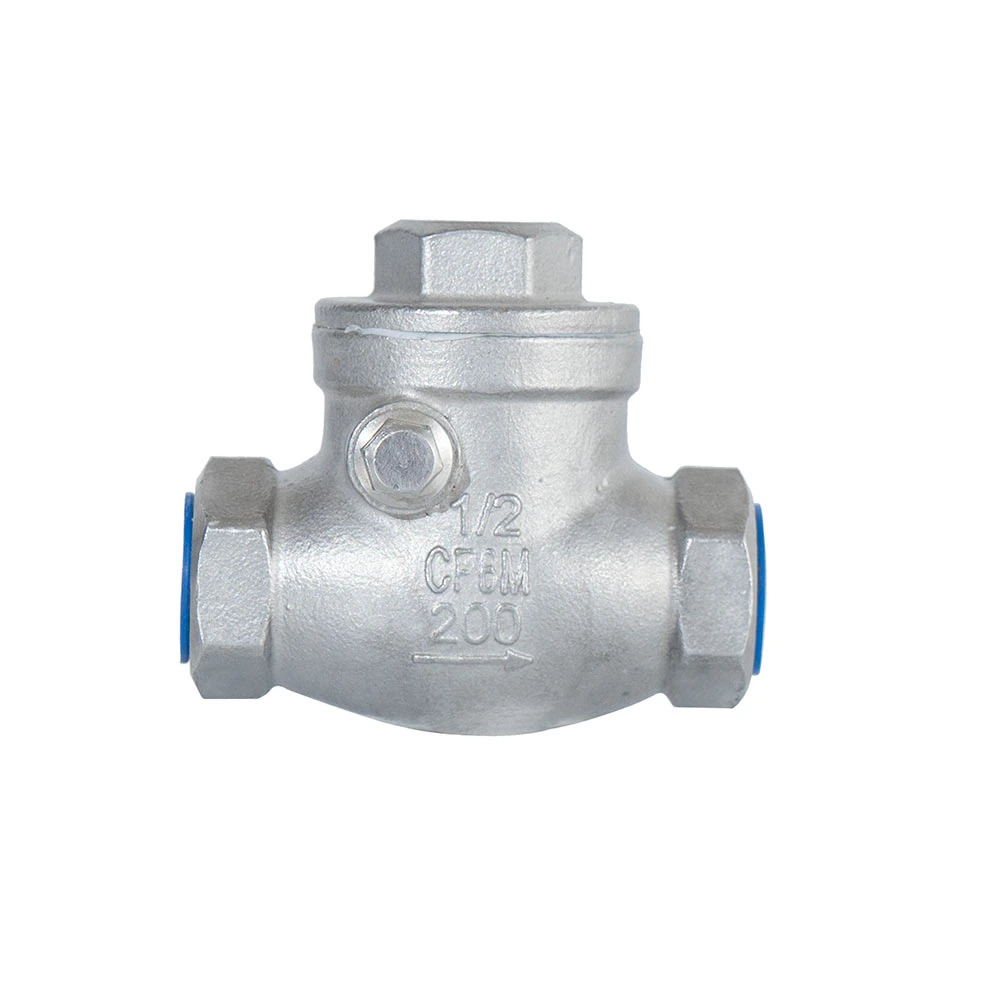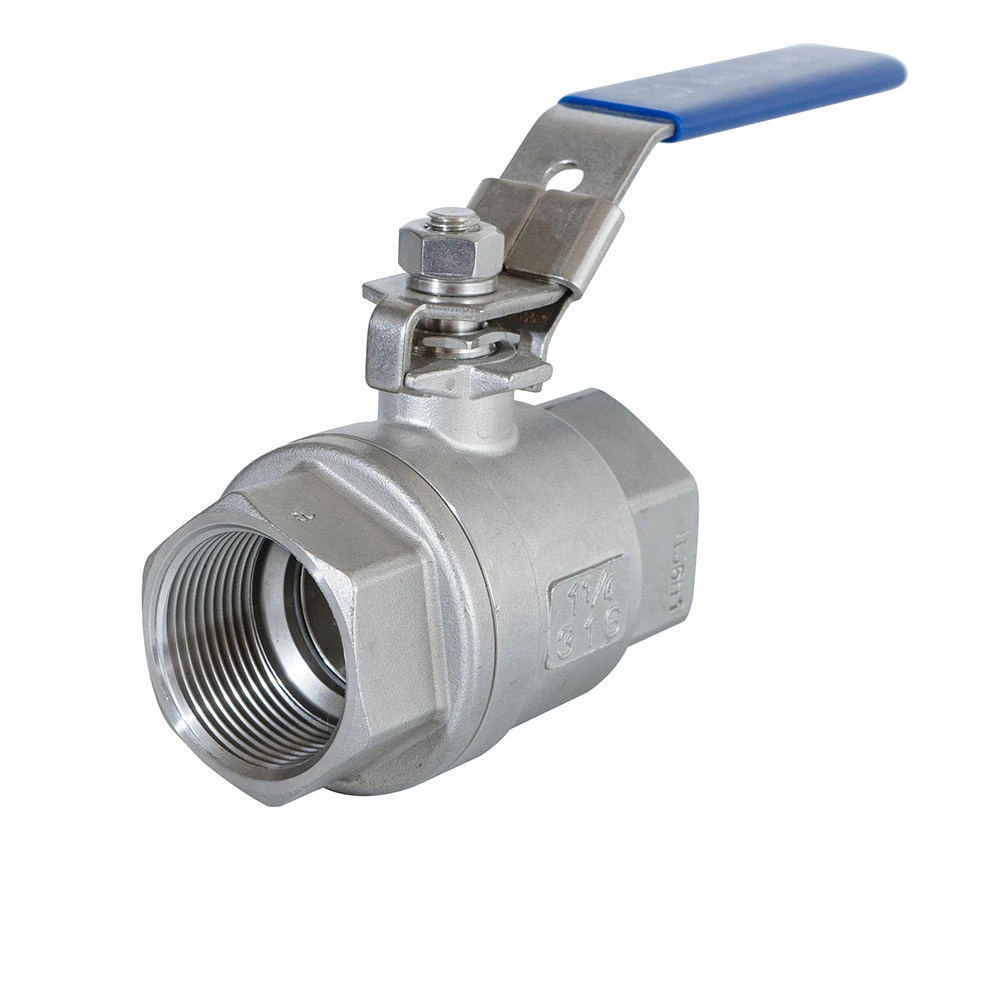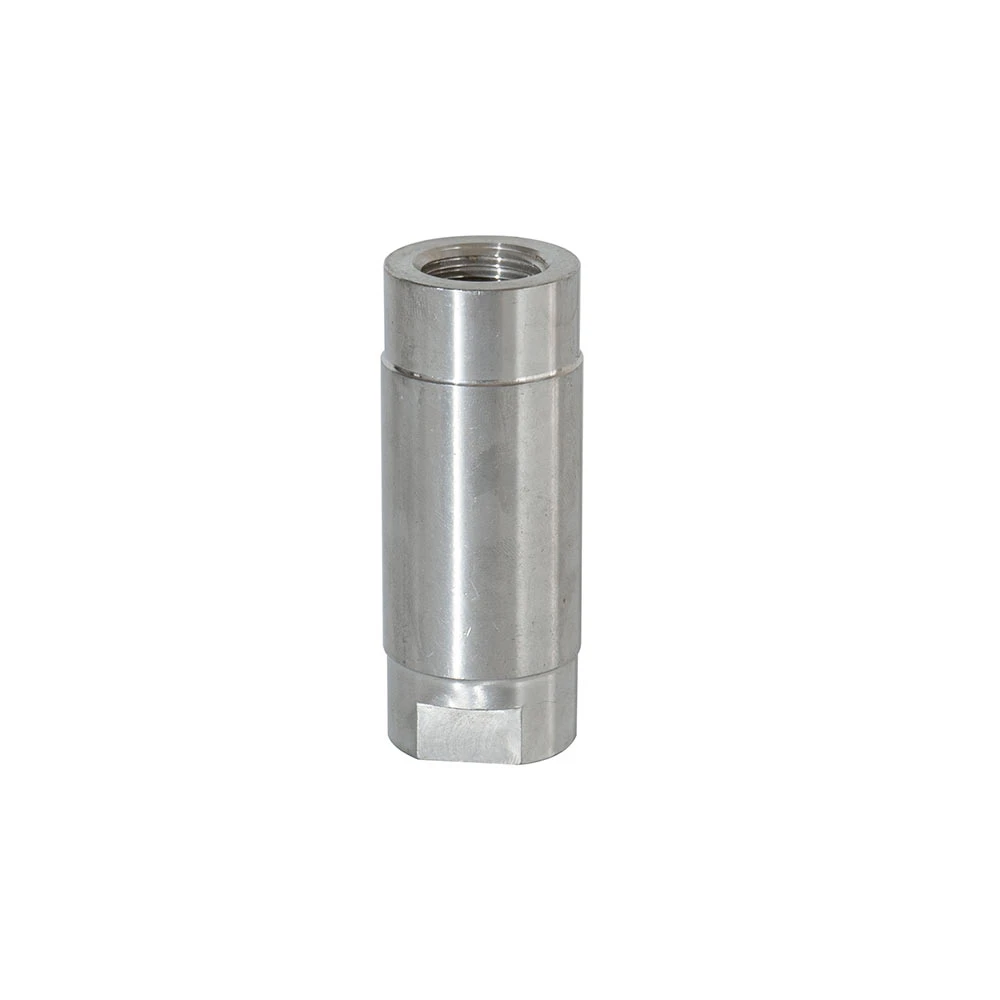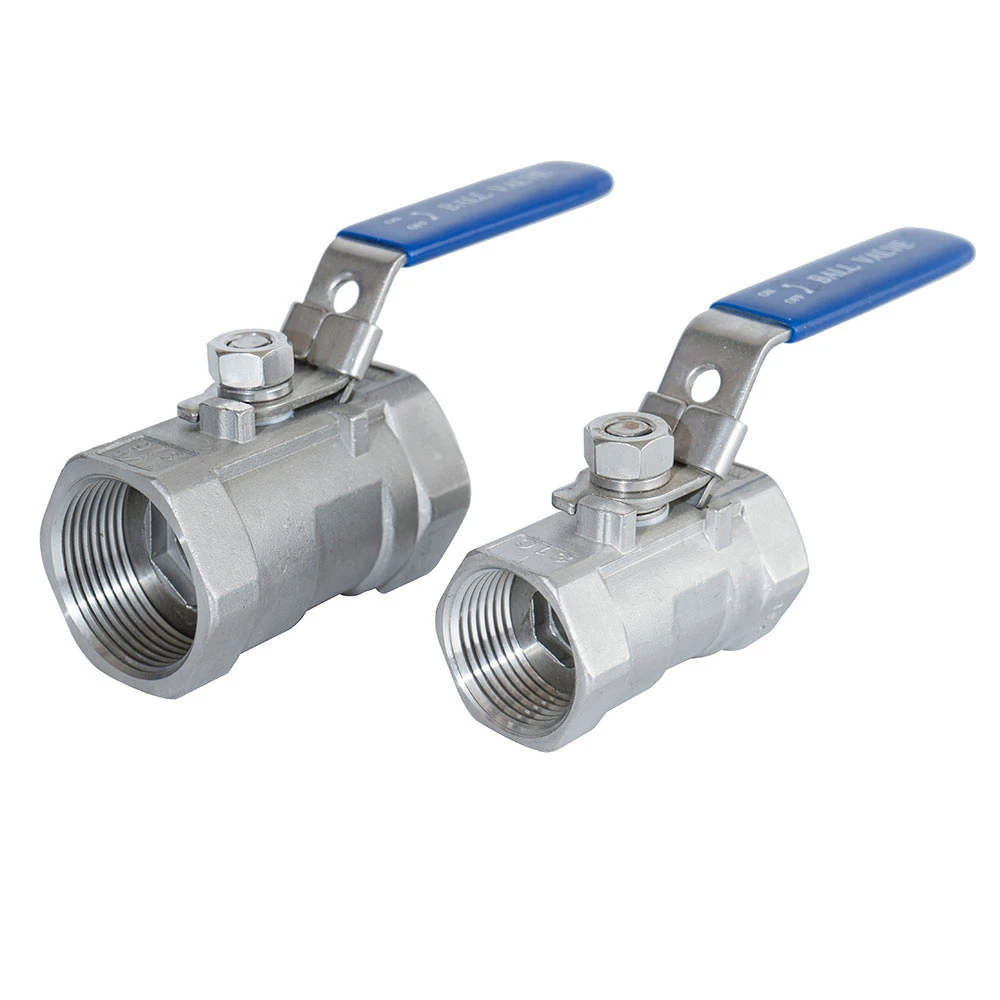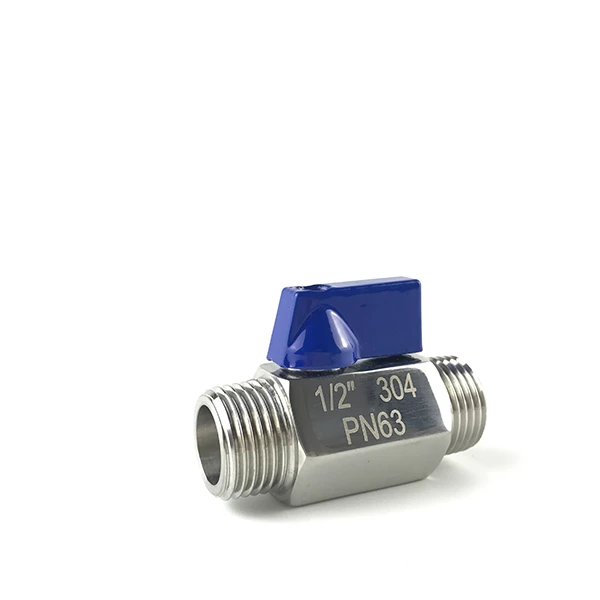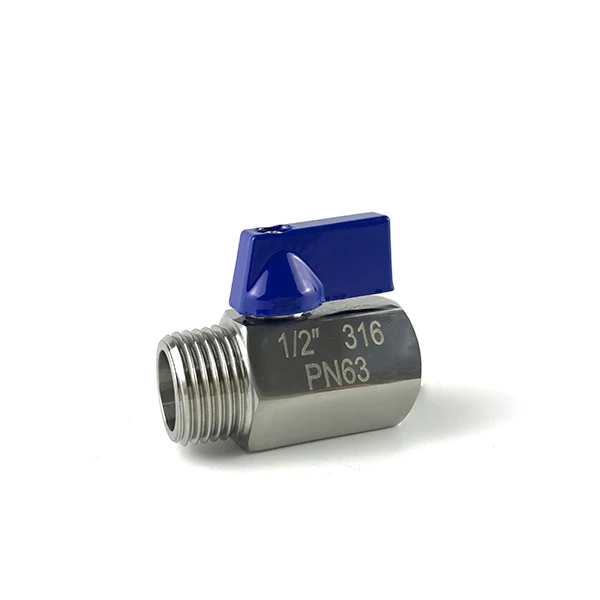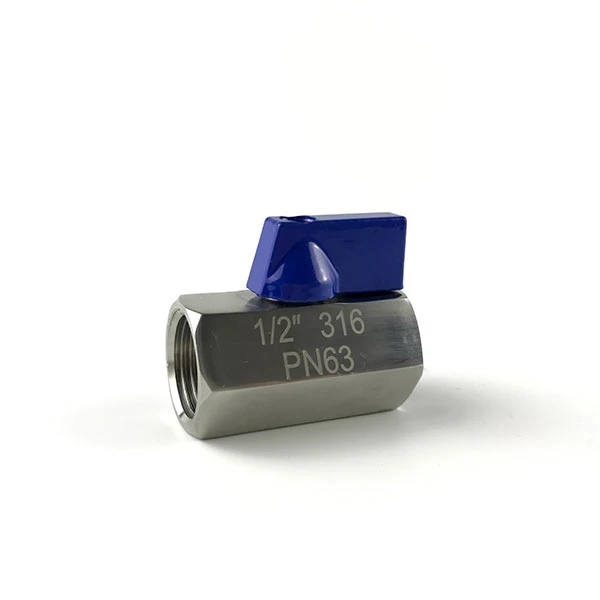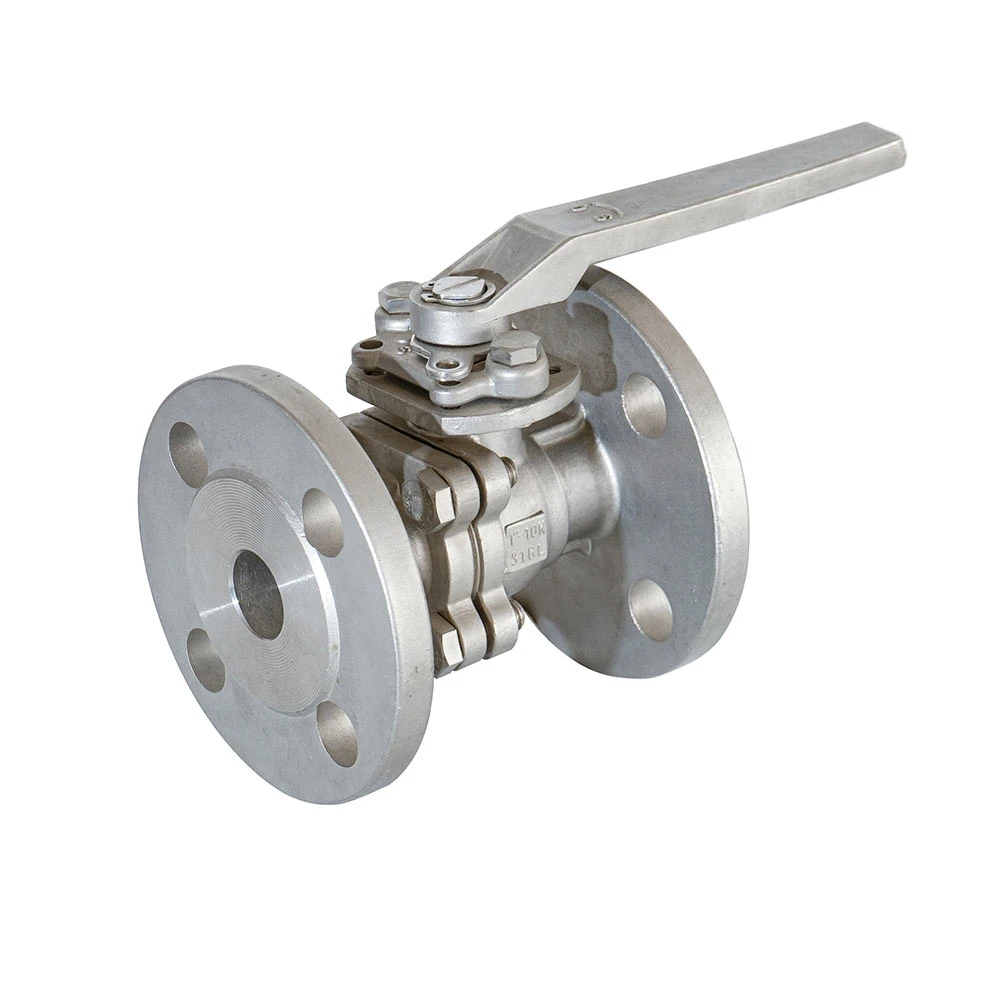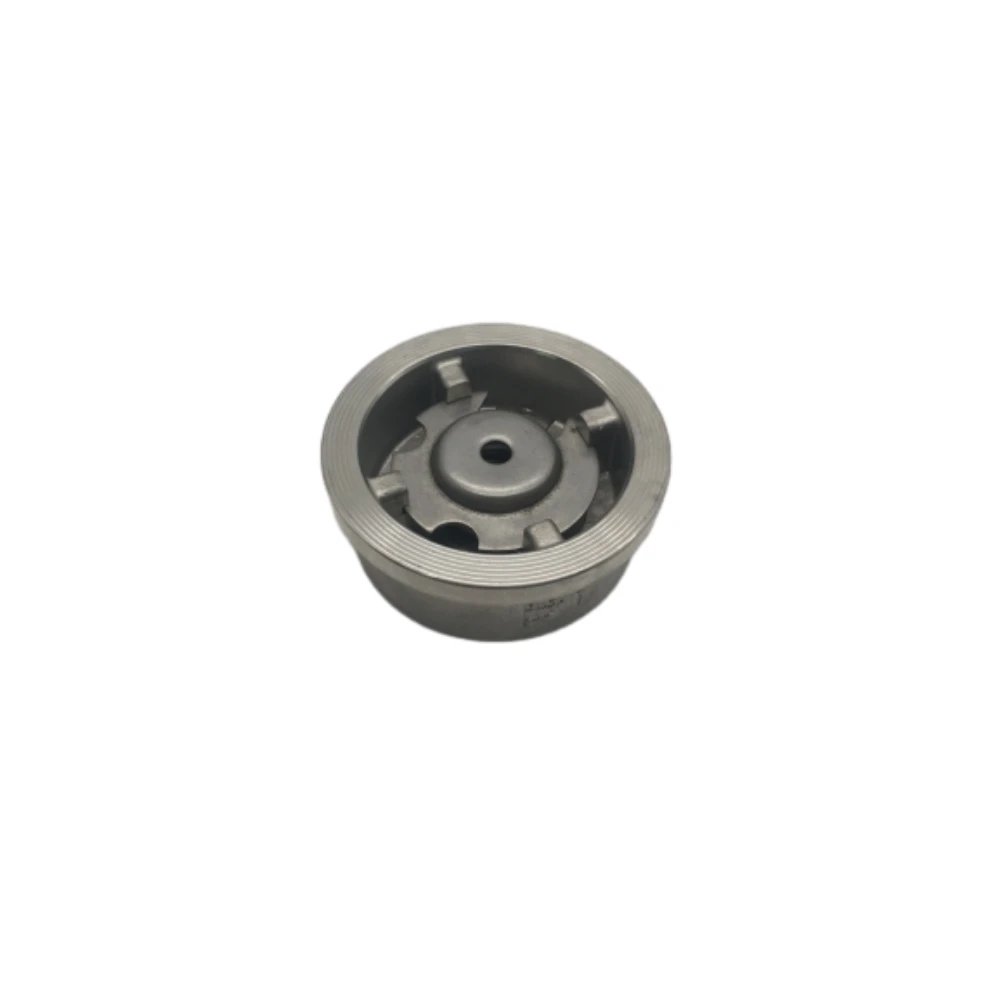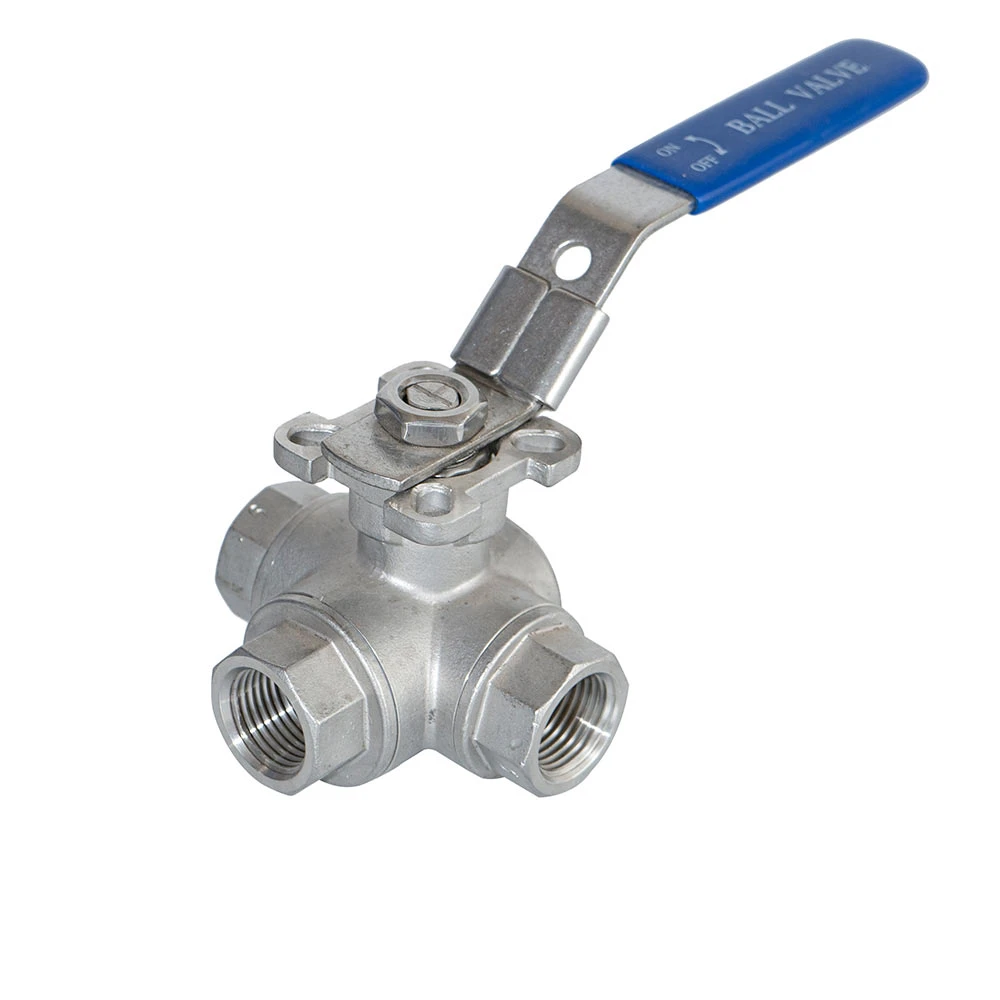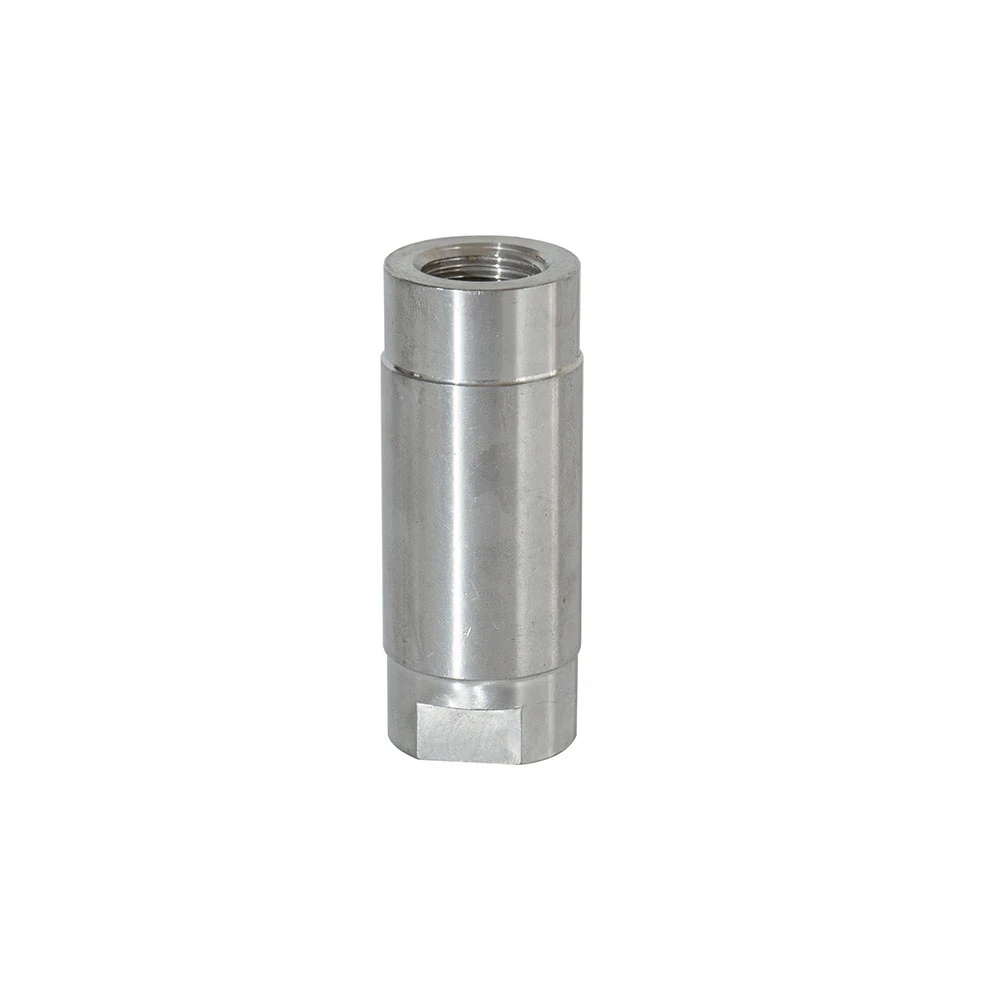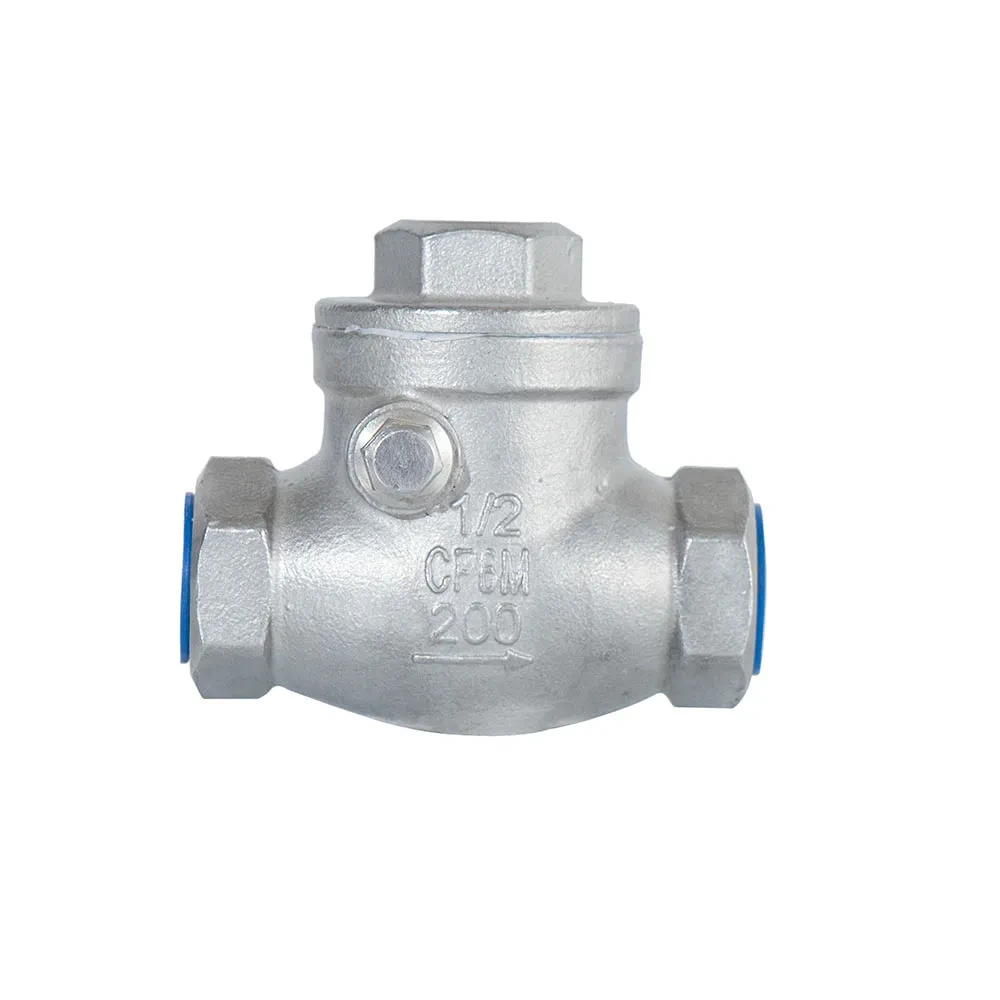The Indispensable Role of the Mini Ball Valve 1/8 in Precision Industrial Applications
In the intricate landscape of industrial fluid control, precision and reliability are paramount. The Mini Ball Valve 1/8, despite its compact size, plays an outsized role in a multitude of systems requiring precise flow regulation in confined spaces. This specialized valve is engineered for applications where space is at a premium but robust performance cannot be compromised. Its quarter-turn operation ensures quick and efficient shut-off or control, making it a cornerstone in pneumatic, hydraulic, and instrumentation lines. Understanding its technical specifications, manufacturing intricacies, and diverse applications is crucial for B2B decision-makers seeking optimal system efficiency and longevity. Our exploration delves into the core aspects that define the superior utility of this compact but powerful valve, highlighting its significance in modern industrial operations.
The demand for compact, high-performance fluid control components has steadily risen across various sectors. This surge is driven by the miniaturization of equipment, the need for higher operational efficiency, and stringent safety standards. A mini ball valve 1/8, specifically designed to handle pressures and temperatures typical of larger valves while occupying minimal footprint, addresses these challenges directly. Its widespread adoption underscores its proven reliability and adaptability. From managing intricate gas lines in medical devices to controlling chemical flow in laboratory settings, its versatility is unmatched. The 1/8 NPT (National Pipe Taper) threading, a standard in North America, ensures compatibility and ease of integration into existing systems, further cementing its position as a go-to component for engineers and system integrators.
Crafting Precision: The Manufacturing Journey of a Mini Ball Valve
The production of a high-quality mini ball valve 1/8 involves a meticulous multi-stage manufacturing process, ensuring durability, leak-proof performance, and extended service life. It begins with the careful selection of raw materials, typically high-grade stainless steel (304, 316, 316L) or brass, chosen for their corrosion resistance and mechanical strength under various operating conditions. Stainless steel, for instance, is preferred for corrosive media and high-pressure applications, while brass offers excellent machinability and cost-effectiveness for general utility. The journey from raw material to a finished valve encompasses several critical steps, each precision-engineered to meet stringent industry standards.
1. Material Procurement & Forging/Casting:
High-quality bar stock or ingots are sourced. Forging, a process where metal is shaped by compressive forces, is often employed for valve bodies to enhance grain structure and mechanical properties, resulting in superior strength and resistance to fatigue. Alternatively, precision casting can be used for more complex geometries, followed by rigorous quality checks for porosity and structural integrity using X-ray or ultrasonic testing. This initial stage is crucial in determining the valve's ultimate structural resilience and pressure rating, particularly for a robust 1/8 NPT mini ball valve intended for demanding environments. Material certifications, often to ASTM or EN standards, are verified to ensure traceability and quality assurance.
2. Precision CNC Machining:
Once the basic body shape is formed, advanced Computer Numerical Control (CNC) machines meticulously machine the valve body, ball, and stem to exacting tolerances. This stage is critical for achieving the precise dimensions required for a leak-tight seal and smooth operation. The seating areas are polished to a high finish to minimize friction and wear on the PTFE (Polytetrafluoroethylene) or PEEK (Polyetheretherketone) seats, which are chosen for their chemical resistance and low coefficient of friction. The internal bore and external threading (like 1/8 NPT) are precisely cut, ensuring seamless integration into industrial piping systems. Modern CNC machining ensures repeatability and consistency, vital for mass production of reliable components.
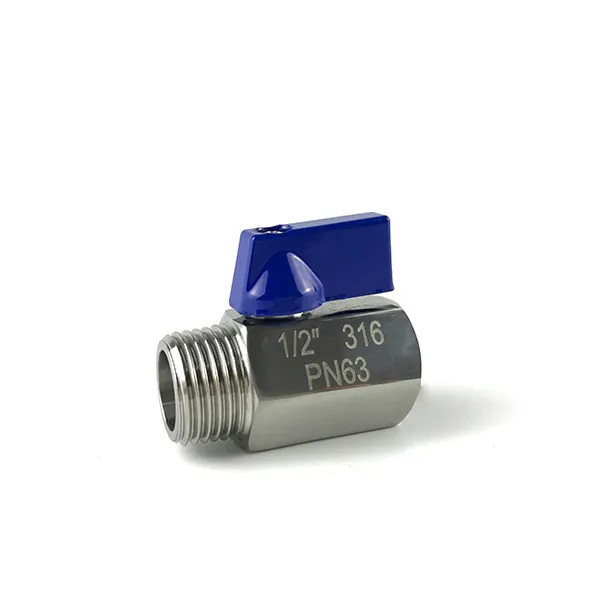
3. Assembly & Testing Protocols:
The machined components are then meticulously assembled in a clean environment. This includes inserting the ball, stem, seats, O-rings, and packing. Post-assembly, each mini ball valve 1/8 undergoes rigorous testing to validate its performance against international standards such as ISO 5208 for pressure testing and ANSI/FCI 70-2 for seat leakage. Hydrostatic testing at 1.5 times the maximum rated working pressure ensures body integrity, while low-pressure air tests confirm bubble-tight shut-off. Critical parameters like operating torque, burst pressure, and cycle life are also assessed. This stringent quality control process ensures that every valve leaving the facility meets the highest benchmarks for safety, reliability, and longevity, contributing to significant energy savings by preventing leakage and ensuring efficient fluid conveyance. Manufacturers also conduct specialized tests for specific applications, such as oxygen compatibility or vacuum service, further expanding the versatility of this compact valve.
Key Technical Specifications of a Mini Ball Valve 1/8
Selecting the correct mini ball valve 1/8 requires a thorough understanding of its technical specifications. These parameters dictate the valve's suitability for specific applications, ensuring optimal performance, safety, and compliance with industry standards. Below is a comprehensive table outlining typical specifications for a high-performance 1/8 NPT mini ball valve, providing essential data for engineers and procurement specialists.
| Parameter | Typical Specification | Explanation / Significance |
|---|---|---|
| Body Material | 304 / 316 Stainless Steel, Brass | Choice depends on fluid compatibility, corrosion resistance needs, and pressure ratings. Stainless steel for harsh environments, brass for general utilities. |
| Port Size | 1/8 inch (DN6) | Standard nominal diameter for the valve's connection, indicating its compact size. |
| End Connections | 1/8" NPT Male/Female, BSP, Comp. | NPT (National Pipe Taper) is a common standard in North America for threaded pipes, ensuring a tight seal. BSP for British Standard Pipe. Compression for tubing. |
| Working Pressure | Up to 1000 PSI (6.9 MPa) or higher | Maximum pressure the valve can safely withstand during operation. Critical for safety and system integrity. |
| Temperature Range | -20°C to 180°C (-4°F to 356°F) | Operating temperature limits are influenced by the body material and, crucially, the seat/seal materials (e.g., PTFE, PEEK). |
| Seat Material | PTFE, PEEK | Determines chemical compatibility, temperature resistance, and sealing effectiveness. PTFE for general use, PEEK for higher temperatures and pressures. |
| Seal Material | FKM (Viton), NBR (Buna-N), EPDM | Choice depends on fluid chemical compatibility and temperature. FKM for broad chemical resistance, NBR for oil/gas, EPDM for water/steam. |
| Operating Media | Water, Oil, Gas, Air, Weak Acids/Alkalies | Indicates the types of fluids the valve is designed to handle without degradation. |
| Flow Type | Full Port or Reduced Port | Full port minimizes pressure drop, while reduced port is more compact and economical. For a mini ball valve 1/8, reduced port is common. |
| Actuation | Manual Lever/Handle, Pneumatic, Electric | How the valve is operated. Manual is standard for mini valves; automated options are available for remote control. |
These specifications collectively define the performance envelope of a mini ball valve 1/8. Engineers must carefully match these parameters with application requirements to ensure long-term reliability and system integrity. For instance, selecting a valve with adequate pressure rating and appropriate seat materials is paramount for high-pressure pneumatic systems, preventing costly leaks and ensuring operational safety. The precise threading of a 1/8 NPT mini ball valve guarantees compatibility with established American industrial standards, simplifying integration and maintenance.
Diverse Applications & Industry Advantages
The compact design and robust performance of the mini ball valve 1/8 make it an indispensable component across a vast array of industrial sectors. Its ability to provide precise, on-off flow control in limited spaces allows for innovative system designs and optimized operational efficiency. The inherent advantages, such as quick quarter-turn operation and excellent sealing capabilities, contribute to improved safety and reduced maintenance costs.
Applicable Industries:
- Petrochemical & Chemical Processing: Used in sampling lines, analyzer systems, and small instrument connections where corrosive media and high pressures are common. The 1/8 NPT mini ball valve made from 316 SS offers excellent resistance to aggressive chemicals.
- Oil & Gas: Essential for instrumentation panels, hydraulic control units, and low-pressure gas sampling systems, often where space is constrained on offshore platforms or remote wellheads.
- Pneumatics & Hydraulics: Integral to control panels, compressed air lines, and hydraulic power units for precise air or fluid flow regulation in compact machinery.
- Water Treatment & HVAC: Employed in water sampling, chemical dosing, and small bypass lines within larger systems due to their excellent sealing and corrosion resistance against treated water.
- Medical & Laboratory Equipment: Critical for controlling precise fluid or gas flow in analytical instruments, diagnostic devices, and laboratory setups where sterility and reliability are paramount.
- OEM & Machine Building: Integrated into various original equipment designs for specific fluid control functions, ranging from textile machinery to food processing equipment.
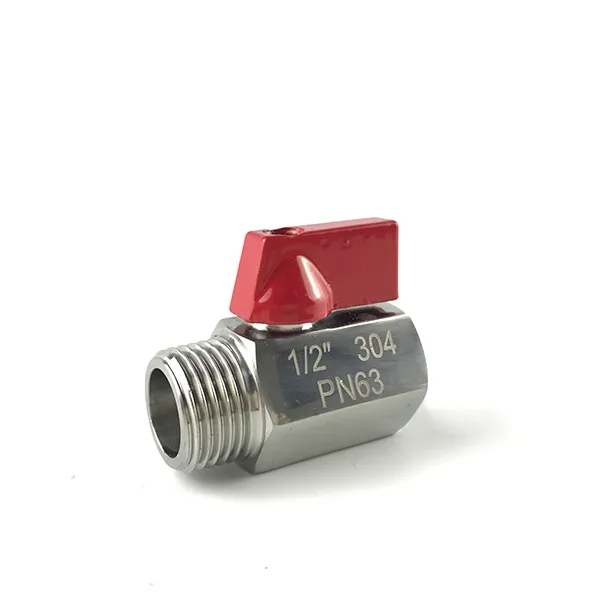
Key Advantages in Typical Scenarios:
- Energy Efficiency: A well-sealed mini ball valve 1/8 minimizes leaks in fluid systems, particularly in pneumatic and hydraulic applications, leading to significant energy savings by preventing pressure loss. Unlike valves with higher pressure drops, ball valves maintain flow with minimal resistance when fully open.
- Superior Corrosion Resistance: When manufactured from high-grade stainless steel (e.g., SS316), these valves offer exceptional resistance to corrosive chemicals and aggressive environments, extending their lifespan and reducing replacement frequency, which is vital in industries like chemical processing and marine applications.
- Compact Design for Space Optimization: Their small footprint allows for installation in tight spaces, enabling more compact and efficient system designs. This is particularly beneficial in complex instrumentation panels or miniaturized equipment.
- Reliable Shut-off: The quarter-turn operation and robust ball-and-seat design provide immediate, bubble-tight shut-off, crucial for safety and process control in critical applications. This reliability directly impacts operational continuity and reduces the risk of hazardous leaks.
- Low Maintenance: With fewer moving parts and durable construction, mini ball valve 1/8 requires minimal maintenance, reducing downtime and associated operational costs. This leads to a lower Total Cost of Ownership (TCO) over the valve's lifecycle.
Strategic Selection: Comparing Mini Ball Valve Options
Choosing the optimal mini ball valve 1/8 for a specific industrial application requires a careful evaluation of various factors, including material, pressure rating, temperature range, and end connections. While basic specifications are outlined above, a comparison table can further highlight the nuanced differences between types or manufacturers, guiding a more informed procurement decision. This table focuses on typical variations encountered when specifying an 1/8 NPT mini ball valve.
| Feature/Model Aspect | Standard Stainless Steel Model | High-Performance Brass Model | Specialized High-Pressure Model |
|---|---|---|---|
| Body Material | 316 Stainless Steel | Forged Brass (CW617N) | Duplex Stainless Steel / Super Duplex SS |
| Max Working Pressure | 1000 PSI (6.9 MPa) | 600 PSI (4.1 MPa) | 3000-6000 PSI (20.7-41.4 MPa) |
| Max Temperature | 180°C (356°F) with PTFE | 120°C (248°F) with NBR | 250°C (482°F) with PEEK |
| Corrosion Resistance | Excellent, broad range | Good for water, oil, air; limited for strong chemicals | Exceptional, especially in chloride environments |
| Typical Applications | Chemical, Food & Bev, General Ind. | Pneumatics, HVAC, Potable Water | Hydraulics, Offshore Oil & Gas, HP Gas |
| Cost Effectiveness | Medium to High | High | Lower |
Beyond these generic comparisons, manufacturers like Houde Valve offer tailored solutions. Customization may involve specific materials for extreme temperatures or corrosive media, unique end connections to integrate with legacy systems, or specialized actuation methods for automated processes. For example, a client requiring a mini ball valve 1/8 for aerospace applications might need specific certifications or material traceabilities beyond standard industrial norms. Always consult with the manufacturer to ensure the valve not only meets but exceeds the demands of your unique operational environment, often resulting in optimized performance and reduced long-term costs. The ability to provide customized engineering solutions is a hallmark of a truly expert valve supplier.
Real-World Impact: Case Studies and Enhanced Performance
The practical benefits of integrating high-quality mini ball valve 1/8 components are best illustrated through real-world applications and customer feedback. Companies across various industries have reported significant improvements in system reliability, operational uptime, and cost efficiency after upgrading their fluid control mechanisms to robust mini ball valves. These success stories underscore the critical role these compact valves play in optimizing complex industrial processes.
Case Study 1: Precision Gas Flow in Semiconductor Manufacturing
A leading semiconductor equipment manufacturer faced challenges with inconsistent gas flow in their etching chambers, leading to product defects. They switched to a specialized 1/8 NPT mini ball valve with high-purity stainless steel construction and PEEK seats, designed for ultra-clean applications. The precision machining and rigorous leak testing of these valves ensured consistent, contamination-free gas delivery, reducing defect rates by 15% and increasing overall yield. The compact size of the mini ball valve 1/8 also allowed for more intricate gas manifold designs, further optimizing space within the highly sensitive equipment.
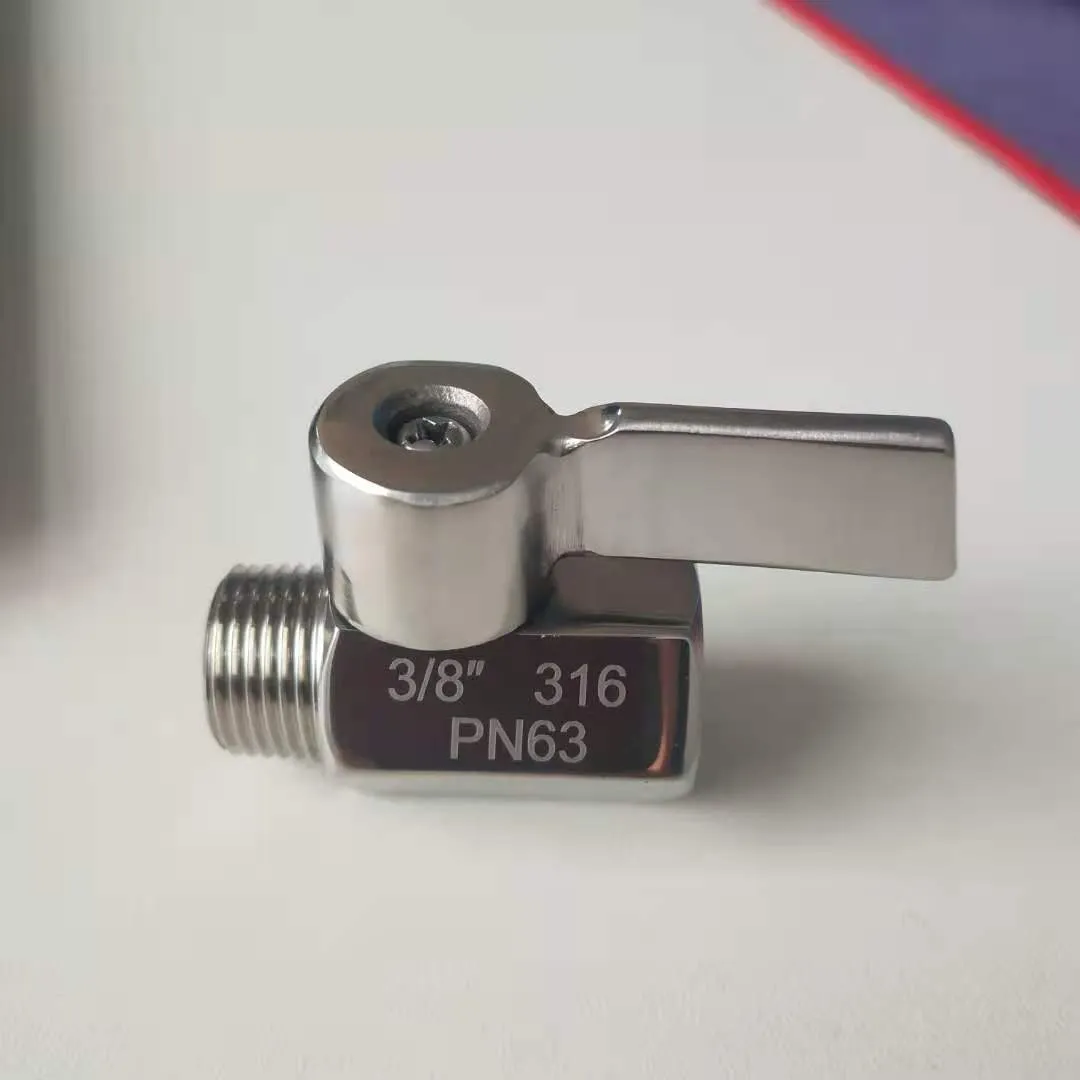
Case Study 2: Hydraulic Control in Automated Robotics
An automotive robotics company struggled with frequent failures in their compact hydraulic manifold blocks, primarily due to standard valves being prone to wear and leakage under continuous high-cycle operation. By implementing a high-pressure mini ball valve 1/8 specifically engineered for hydraulic fluids and rated for over 3000 PSI, they achieved a dramatic improvement. The robust construction and optimized seal design of the new valves extended the mean time between failures (MTBF) for their hydraulic systems by over 200%, significantly reducing maintenance downtime and increasing production throughput. This demonstrated how investing in a superior mini ball valve 1/8 could yield substantial operational benefits.
Trust and Authority: Certifications, Support, and FAQ
In the B2B sector, trust is built on demonstrable expertise, authoritative certifications, and unwavering customer support. When selecting a supplier for mini ball valve 1/8 components, validating their adherence to international standards and their commitment to client satisfaction is paramount. Houde Valve stands by its products with comprehensive quality assurances and dedicated support mechanisms.
Industry Certifications and Quality Assurance:
- ISO 9001:2015 Certified: Our manufacturing facilities adhere to the highest international standards for quality management systems, ensuring consistent product quality from design to delivery for every mini ball valve 1/8.
- CE Marking: Products conform to European safety, health, and environmental protection requirements.
- Material Traceability: Full material traceability for all components, providing peace of mind and compliance with stringent industry regulations. This includes Mill Test Certificates (MTCs) for raw materials used in our 1/8 NPT mini ball valve range.
- 100% Leak Tested: Every valve undergoes rigorous hydrostatic and pneumatic leak testing before leaving the factory to guarantee bubble-tight shut-off.
- API 6D / ASME B16.34 Compliance (where applicable): For larger or more specialized industrial valves, adherence to these standards demonstrates robust engineering and manufacturing practices, which extends to the design principles for our mini valves.
Delivery and Warranty:
We understand the importance of timely delivery in industrial projects. Our streamlined supply chain and robust production capacity enable competitive delivery cycles, often ranging from 2-4 weeks for standard mini ball valve 1/8 orders, with expedited options available for urgent requirements. Furthermore, all our valves come with a standard 12-month warranty against manufacturing defects, underscoring our confidence in product quality and providing customers with long-term peace of mind. Extended warranty options are also available for specific project needs.
Dedicated Customer Support:
Our commitment extends beyond product delivery. We offer comprehensive pre-sales consultation to help you select the precise 1/8 NPT mini ball valve for your application, as well as post-sales technical support and troubleshooting. Our experienced engineering team is available to assist with installation queries, maintenance advice, and custom solution development, ensuring optimal performance throughout the valve's lifespan.
Frequently Asked Questions (FAQ):
- Q: What is the primary advantage of a mini ball valve 1/8 over other miniature valve types?
- A: The primary advantage lies in its compact size combined with a full-flow or near full-flow bore (for reduced port) and quarter-turn operation. This provides quick, reliable shut-off with minimal pressure drop, superior to needle valves for on-off applications, and more durable than diaphragm or pinch valves in many scenarios.
- Q: How do I select the correct material for my 1/8 NPT mini ball valve application?
- A: Material selection is crucial. Consider the fluid being handled (chemical compatibility), operating temperature, and pressure. Stainless steel (304/316) is ideal for corrosive media and higher temperatures/pressures, while brass is suitable for non-corrosive general utility applications like air and water at moderate conditions. Consult our material compatibility charts or contact our technical team for guidance.
- Q: What is the typical lifespan of a mini ball valve 1/8?
- A: The lifespan varies based on operating conditions (pressure, temperature, media abrasiveness) and frequency of use. A well-manufactured valve, correctly installed and operated within its specified limits, can offer hundreds of thousands of cycles. Valves used for infrequent shut-off in non-abrasive services can last for decades.
- Q: Can these valves be used in vacuum applications?
- A: Yes, many high-quality mini ball valve 1/8 designs are suitable for vacuum service, provided they feature appropriate sealing materials (e.g., specific grades of PTFE or Kalrez) and have been tested for vacuum integrity. Always confirm vacuum ratings with the manufacturer's specifications.
Conclusion: Power in Precision
The mini ball valve 1/8 is far more than just a small component; it is a critical enabler of efficiency, safety, and precision across countless industrial applications. Its robust manufacturing, diverse material options, and stringent testing protocols ensure reliable performance even in the most demanding environments. For B2B stakeholders, understanding the nuances of this essential valve—from its technical specifications to its wide-ranging industry applications—is key to optimizing system design, minimizing operational costs, and fostering long-term reliability. By partnering with manufacturers committed to quality, innovation, and comprehensive customer support, businesses can harness the full potential of these indispensable fluid control solutions, ensuring their systems operate at peak efficiency for years to come.
References
- International Organization for Standardization. ISO 5208: Industrial valves — Pressure testing of metallic valves.
- American National Standards Institute / Fluid Controls Institute. ANSI/FCI 70-2: Control Valve Seat Leakage.
- American Society of Mechanical Engineers. ASME B16.34: Valves—Flanged, Threaded, and Welding End.
- ASTM International. Standard Specification for Stainless Steel Bar and Wire.
- Valve Manufacturers Association of America. Valve Magazine technical articles.

